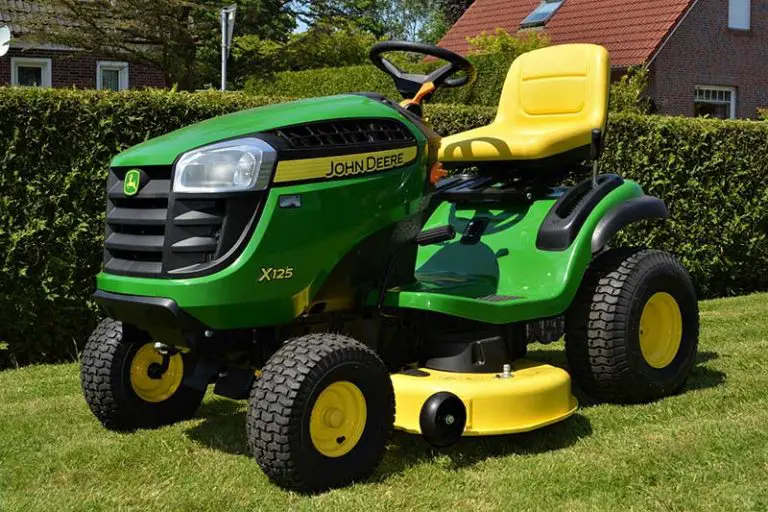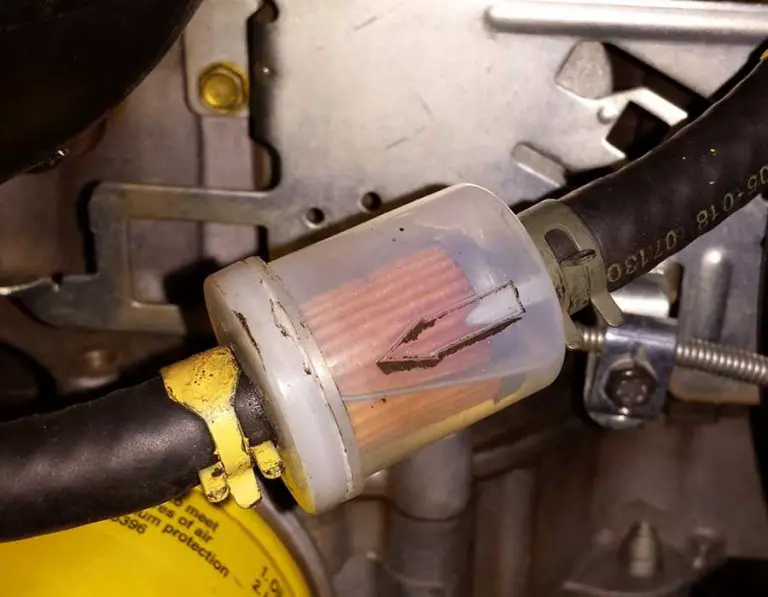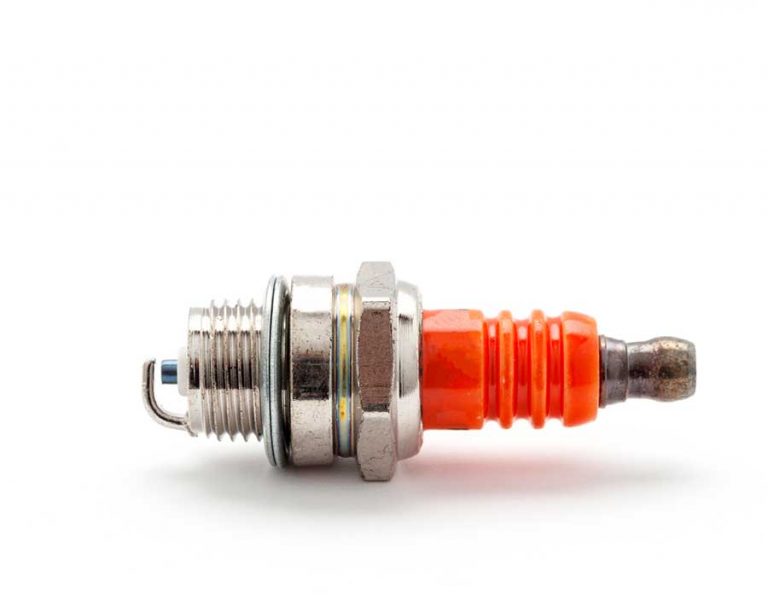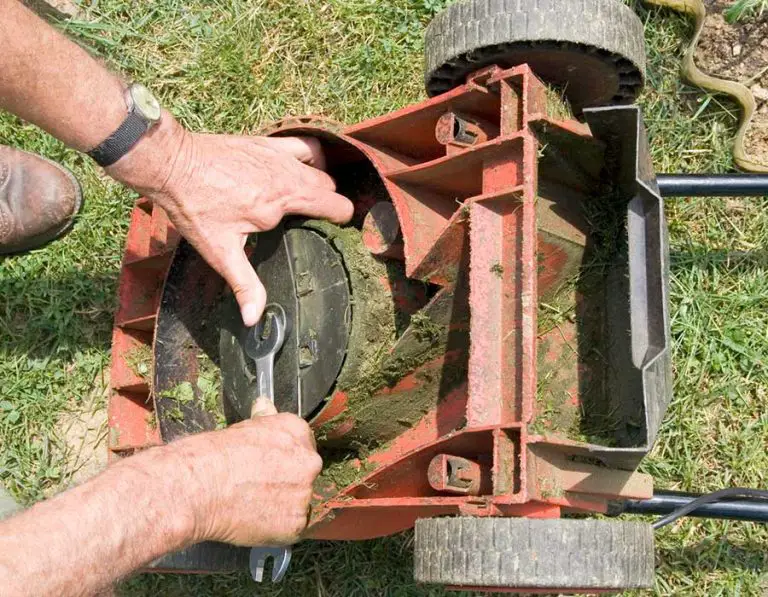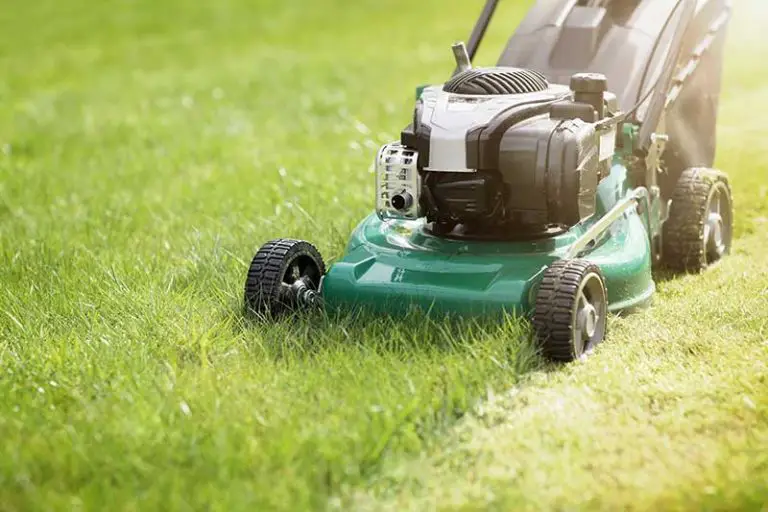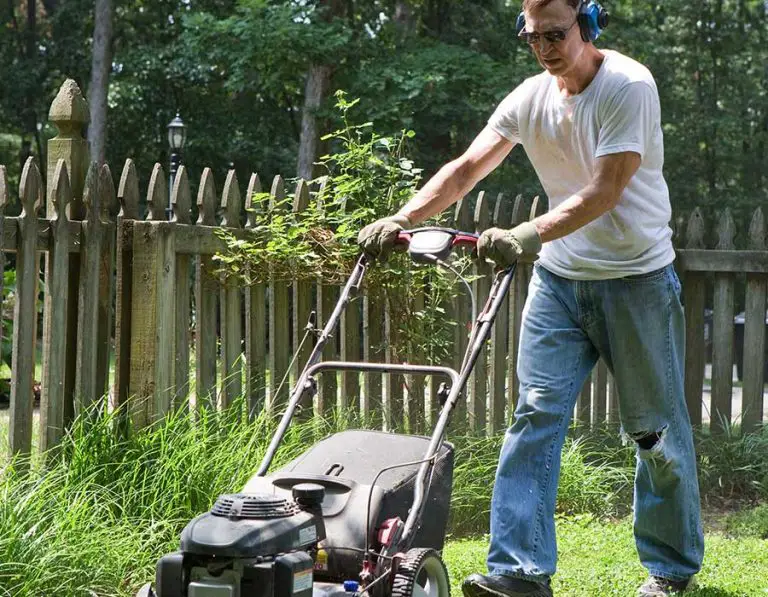Troubleshooting a Dead Lawn Mower Battery
Even after just an hour or two of charging, lawn mowers should have enough power to start up and run for a short while. If your lawn mower fails to start after you’ve left it to charge for several hours, this indicates that there’s a problem with either the battery or another electrical component.
By carrying out some diagnostics on your mower, you can determine whether your battery is flat or if the issue lies with a different part of its mechanics. If you conclude that your battery is dead, you’ll need to replace it with a new one.
What to Do if Your Lawn Mower Battery Won’t Charge
It’s possible for lawn mower batteries to lose charge when you haven’t used the mower for a long period of time. In this case, all it takes is about 8 hours of charging to bring the battery back to life. However, if the battery still fails to power the mower after charging, you’ll need to do some further investigation; this could mean that either your battery is dead, or that there’s a fault with another element of the electrical system.
Follow these steps to diagnose a potential dead battery or system fault:
1. Sit on your mower. Turn the key while pushing the clutch; if the engine makes a clicking noise, cranks slowly, or doesn’t crank at all, this is an indication that your battery is dead.
2. Next, turn the key back into the off position and remove it from the mower. Open your mower to locate the battery, which is typically found under the seat. Give the cables on the battery a light tug to check they’re tight on the battery; if they feel loose, use a wrench to tighten them up.
3. If your battery is a wet-cell model, use a screwdriver to remove its caps and check the water level. If the cells aren’t full, refill them with distilled water; do not use tap water for this purpose as the minerals in the water will damage the battery.
4. Test the voltage of the battery using a multimeter. Set the multimeter to DC, then touch the positive terminal of the battery with the red probe, and the negative terminal with the black simultaneously. If the meter reads that the battery has a voltage of 12.7 DC volts or more, your battery is healthy; this means there is a fault elsewhere in the system. If the reading is below 11.5 volts, this is likely a sign that the battery has sulfated and will need to be replaced.
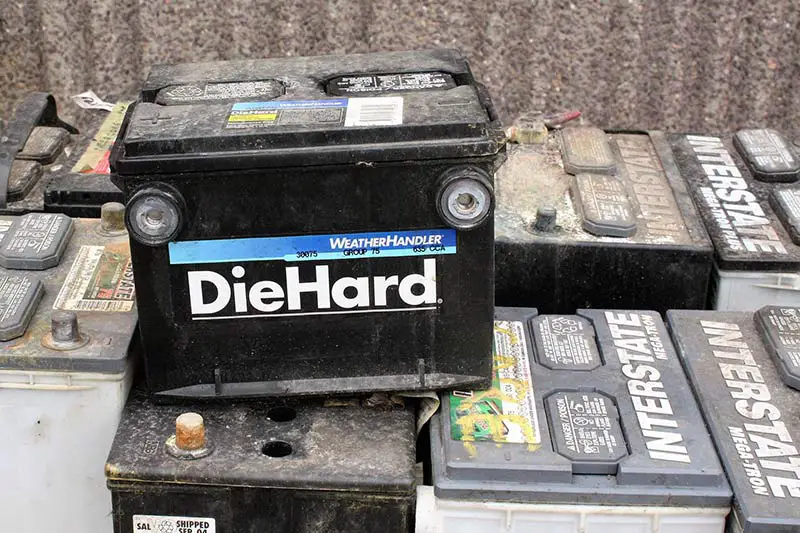
How to Make Your Lawn Mower Battery Last Longer
The key to making your battery last longer is to take care of your lawn mower and all of its parts. You should check over every part of your mower regularly, in addition to treating it with care when operating it.
Use Trickle Charging
As we’ve already explained, the best way to charge your lawn mower battery is by using a trickle charger. The faster a charger you use, the more of a toll it takes on the battery. By using a trickle charger, you provide your battery with a slow, steady supply of electricity that won’t cause your battery to overheat.
Keep Blades Sharp
Sharp blades are essential for the health of both your lawn mower and your lawn. When you mow with dull blades, they have a harder time getting a clean cut on the grass. This means you have to mow for longer, which will take more of a toll on your mower’s battery.
Never Mow Wet Grass
Never mow wet grass, as this is another issue that can cause problems for your mower and your lawn. When you mow wet grass, the wet clippings clump together and clog the workings of the mower. This will cause the mower and its battery to wear out more quickly. As an additional note, store your mower inside in a secure, dry place to protect it from rain and snow; this will cause your mower to go rusty and may damage the battery.

